Understanding 5.1 Surround Sound Positioning: A Deep Dive into Immersive Audio
For decades, audio engineers and enthusiasts have sought ways to replicate the richness of real-world sound within home theaters and recording studios. The advent of 5.1 surround sound marked a significant leap forward in this pursuit, offering a spatial audio experience that goes beyond traditional stereo setups. At its core, 5.1 surround sound is about positioning—placing sounds in a three-dimensional space to create an enveloping auditory environment.
The "5.1" designation refers to the system's configuration: five primary speakers and one subwoofer. These include front left, front right, center, rear left, and rear right channels, with the ".1" representing the low-frequency effects (LFE) channel handled by the subwoofer. Unlike stereo systems that confine audio to a left-right spectrum, 5.1 surround sound introduces depth and directionality, allowing sounds to move around the listener with precision.
Speaker Placement and Its Impact on Sound Localization
Proper speaker placement is critical for achieving accurate sound positioning in a 5.1 setup. The front left and right speakers should form an equilateral triangle with the listener, typically positioned at a 30-degree angle from the center. The center channel, often placed above or below the screen, anchors dialogue and on-screen action, ensuring clarity and focus. Meanwhile, the rear left and right speakers are positioned behind the listener at approximately 110 to 120 degrees, creating the sensation of sounds approaching from the sides or rear.
The subwoofer, responsible for bass frequencies, is less directional due to the nature of low-frequency sound waves. However, its placement still affects the overall balance of the system. Experimentation is often necessary to find the "sweet spot" where bass feels integrated rather than overpowering or disjointed from the rest of the audio.
The Role of Audio Mixing in 5.1 Surround Sound
Creating a convincing 5.1 mix requires meticulous attention to detail. Sound designers and engineers use panning, volume adjustments, and delay effects to simulate movement and distance. For instance, a helicopter flying overhead might start in the front left channel, move through the center, and fade into the rear right, with subtle changes in volume and timbre to mimic Doppler effects. The center channel often carries the bulk of dialogue, while ambient sounds—like rain or crowd noise—are distributed across the rear speakers to enhance immersion.
Modern digital audio workstations (DAWs) provide tools for automating these parameters, allowing for dynamic shifts in sound positioning over time. This level of control is essential for films, video games, and music productions that rely on surround sound to tell their stories.
Challenges and Common Pitfalls in 5.1 Sound Positioning
Despite its advantages, 5.1 surround sound presents challenges. Room acoustics play a significant role; reflective surfaces, irregular room shapes, and even furniture can distort sound localization. Additionally, not all content is mixed for 5.1, leading to inconsistencies when upmixing stereo tracks. Poorly calibrated systems may also exaggerate certain frequencies or create "holes" in the sound field where audio seems to disappear.
Another issue is listener positioning. Unlike stereo, which tolerates minor deviations in seating, 5.1 surround sound demands a central "sweet spot" for optimal performance. Moving too far to one side can skew the balance between channels, disrupting the intended audio image.
The Future of Surround Sound and Beyond
While 5.1 remains a standard, newer formats like Dolby Atmos and DTS:X are pushing the boundaries of spatial audio. These systems introduce height channels, enabling sounds to come from above or below the listener. However, the principles of sound positioning learned from 5.1 continue to inform these advancements. Understanding how to manipulate audio within a 5.1 framework is foundational for anyone working in immersive sound design.
For home users, investing in a well-configured 5.1 system can transform movie nights and gaming sessions. The key lies in careful setup, calibration, and choosing content that leverages the format's strengths. When done right, 5.1 surround sound doesn’t just play audio—it places you inside it.

By /May 30, 2025

By /May 30, 2025
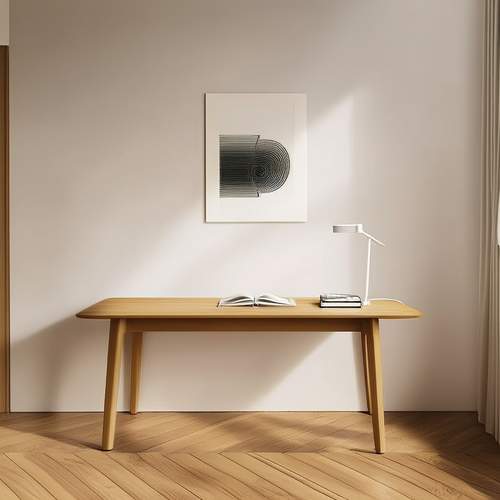
By /May 30, 2025
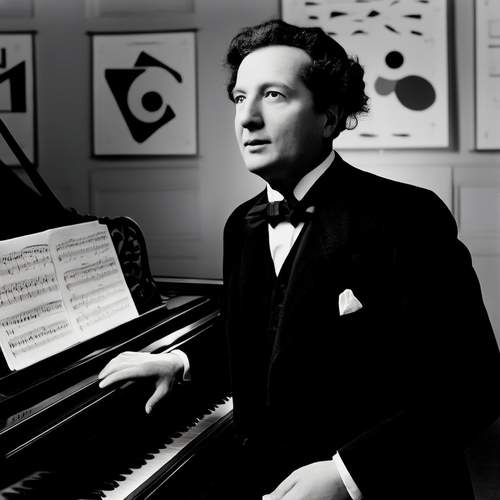
By /May 30, 2025

By /May 30, 2025
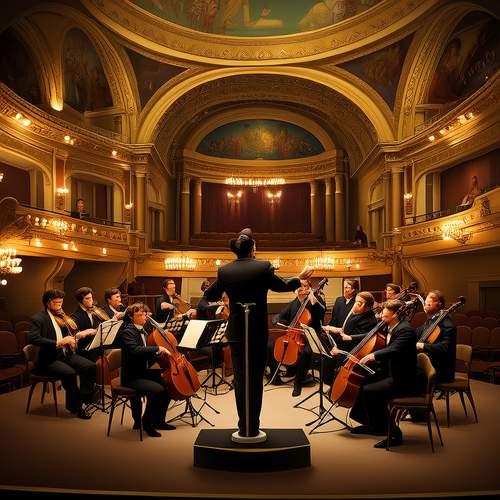
By /May 30, 2025

By /May 30, 2025

By /May 30, 2025

By /May 30, 2025

By /May 30, 2025
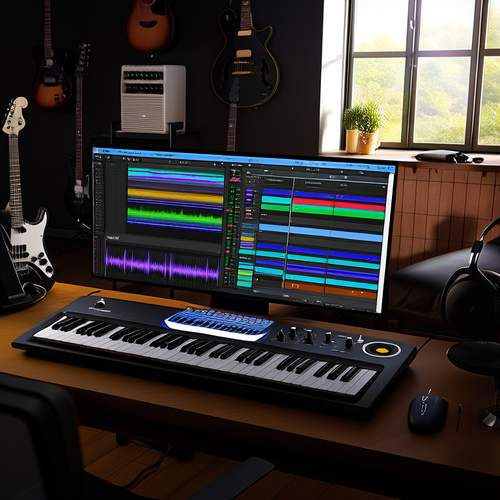
By /May 30, 2025
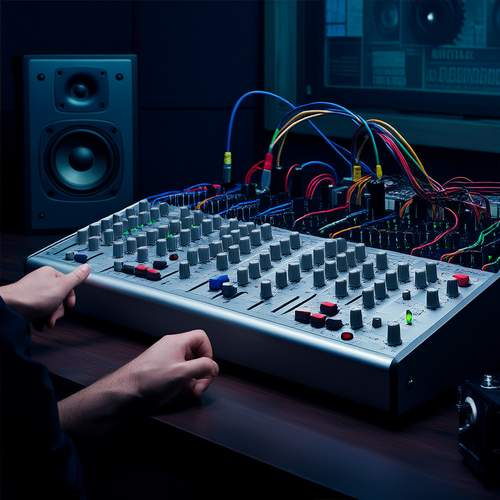
By /May 30, 2025
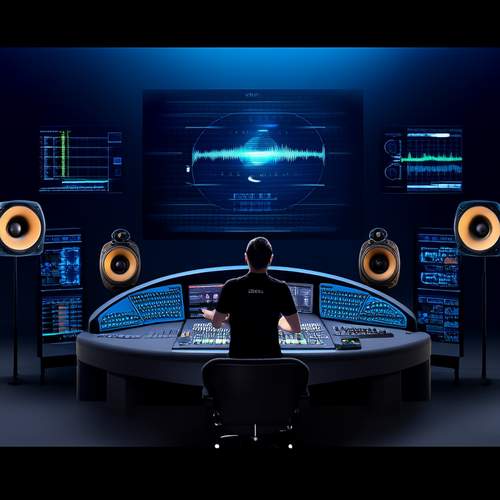
By /May 30, 2025

By /May 30, 2025
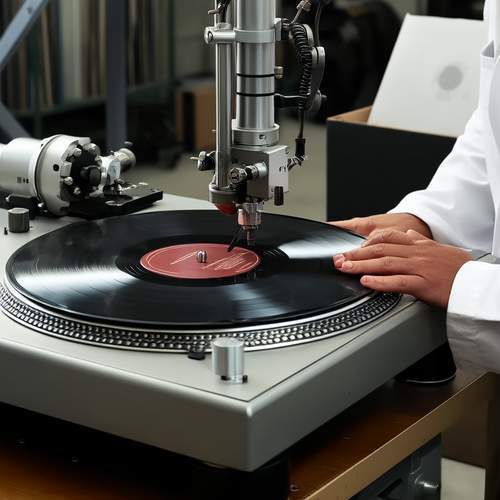
By /May 30, 2025
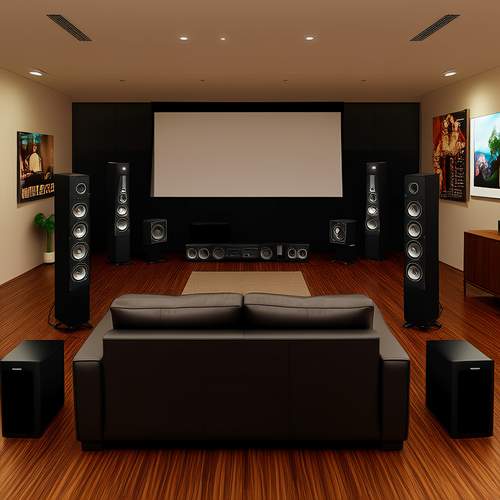
By /May 30, 2025

By /May 30, 2025

By /May 30, 2025
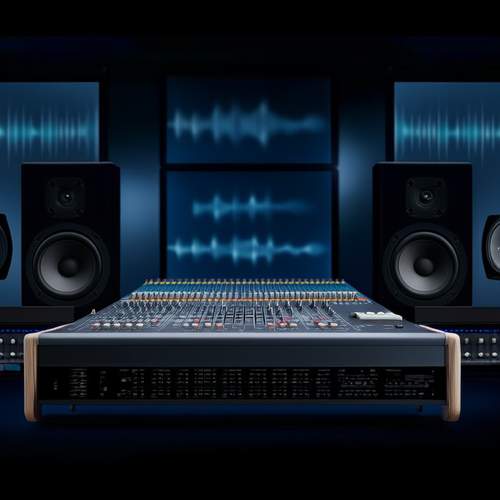
By /May 30, 2025

By /May 30, 2025